This blog post was written by Cat Wallack, architectural records archivist for the University Libraries’ Special Collections.
August 18, 2020, marks the 100th anniversary of the ratification of the 19th Amendment, which granted women the right to vote. It was an undeniable triumph, the fruit of the efforts of thousands of individuals over decades. Not surprisingly, the story behind this political achievement was more complex and less pristine than the white garments that served as the potent visual symbol of the suffragettes. A selection of the diverse materials in Special Collections provides glimpses of this history. These include the strongly tied roots of suffrage and abolition in the United States, the sometimes unlikely mix of advocates and opponents, the eventual adoption of racist rhetoric in the name of women’s suffrage, the political opportunities created in its wake, and the stark reality of the groups left behind in the continuing fight against disenfranchisement.
These materials were chosen from Special Collections’ Rare Books Collection, Broadside Collection, Arkansas Collection, and Manuscript Collection. We invite you to explore these resources and other rare and unique materials In Special Collections to gain a more nuanced understanding of the important and the continuing stories of Americans and their struggles to gain access to the polls.
Appeal to Christian Women of the South
by Angelina Emily Grimke, 1836
“The women of the South can overthrow this horrible system of oppression and cruelty, licentiousness and wrong.”
Appeal to Christian Women of the South is a plea to the moral sensibilities of women in the fight against slavery. The Grimke sisters’ story is emblematic of the strong links between abolition and women’s rights in the beginning of the 19th century.
Angelina Emily Grimke (1805–1879) and her sister, Sarah Grimke, despite having been born into a slave holding South Carolina household, were the earliest nationally known white female opponents to slavery and became early active advocates for women’s rights. Among other things, the sisters served as vice presidents of the Massachusetts Woman Suffrage Association in 1870.
Narrative and Life of Frederick Douglass, An American Slave, Written by Himself
Frederick Douglass, 1849
Three years after the initial publication of this book, Douglass was a speaker at the Women’s Right’s Convention in Seneca Falls and was one of only 32 men to sign the Declaration of Sentiments. After the Civil War, Douglass along with Elizabeth Cady Stanton and Susan B. Anthony founded the American Equal Rights Association.
“Shall the usurpation of the government, by the fragment of Congress, be perpetuated by Negro Suffrage?”
Speech by Gen. Frank P. Blair, delivered Sept. 1866 in Memphis
The title alone suggests the potency of fear of the potential political power of black voters among whites. Blair (1821–1875), was a prominent and controversial Missouri politician. Although he had opposed secession, he was a vocal opponent of Radical Reconstruction and black suffrage.
The Congress of Women: held in the Woman’s Building, World’s Columbian Exposition, Chicago, U.S.A.
Published by authority of the Board of Lady Managers, 1893

The World’s Congress of Representative Women was a week-long event during the Columbian Exposition in Chicago at which 150,000 visitors listened to 400 speeches by women representing 27 countries.

While both Susan B. Anthony and Elizabeth Cady Stanton were in attendance, so were black activists including Fannie Barrier Williams, Hallie Quinn Brown and abolitionist and suffragist Frances Ellen Watkins Harper.
To Free White Voters
Broadside, Fayetteville
C. W. Walker, 1867
Despite the ratification of the 15th Amendment in 1870, many people of color were denied access to the polls until the passage of the Voting Rights Act of 1965.
Annual Report of the Commissioner of Indian Affairs to the Secretary of the Interior
Office of Indian Affairs, 1881
This 1881 report provides evidence that, even in this time period, the individuals working the closest with different populations of Native Americans recognized that indigenous people deserved all the rights of citizenship. However, it was not until the passage of the Snyder Act, also known as the Indian Citizenship Act of 1924, that lawmakers granted indigenous people voting rights.
Eighty Years and More (1815-1897): Reminiscences of Elizabeth Cady Stanton
Elizabeth Cady Stanton,1898
Stanton was an early activist for women’s rights who was somewhat overshadowed by Susan B. Anthony, with whom she founded the National Women’s Suffrage Association. This copy of the book is signed by Susan B. Anthony:
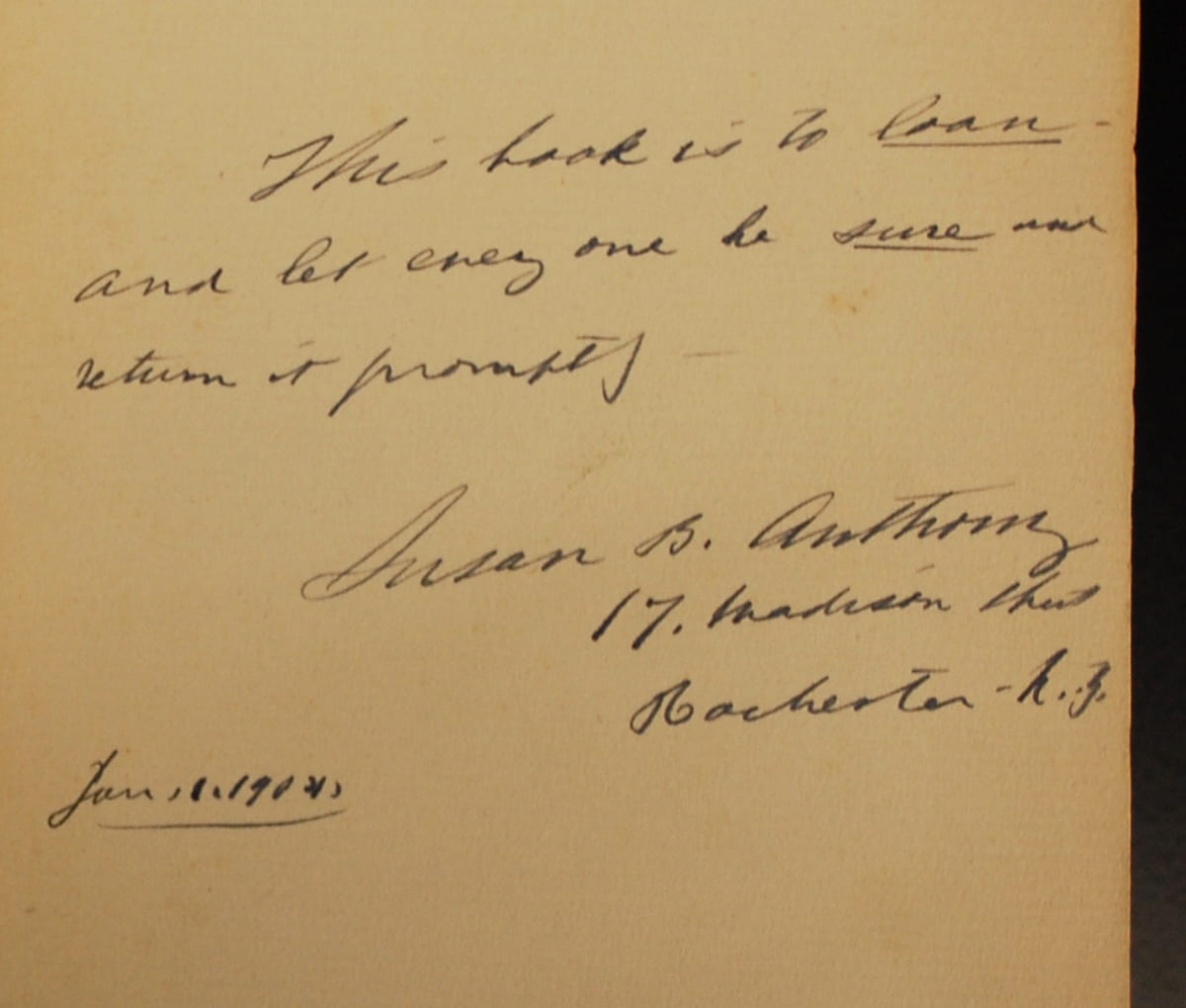
The continued lobbying for the passage for the passage of the 15th Amendment without the inclusion of women created a rift in the relationships between some white women suffragists and their former abolitionist partners in activism. Leaders in women’s suffrage, in turn, recognized the political expediency of an increasingly racist campaign.
*Both Stanton and Anthony had been active in the abolitionist movement. The refusal by some to insist on the inclusion of women in the language of the 15th Amendment caused irreparable damage to the relationship with their former partners in activism. The suffrage movement left behind the concerns of black Americans in a focused pursuit for votes for white women.
Female Filosofy: Fished out and Fried
Feelix Feeler (Rev. L.E. Keith), 1894
In a tongue-in-cheek tone, this popular book offered compelling arguments for women’s suffrage written under the nom de plume of Presbyterian minister Rev. L.E. Keith.
To American Men: A True Republic and Other Songs: A Plea for Women’s Enfranchisement
Henrietta Briggs-Wall, 1910
This songbook includes titles such as “Taxation without Representation” and The “Mothers are Coming.”
Briggs, a suffragist, is best known for commissioning the painting “American Woman and Her Political Peers” to illustrate the plight of the disenfranchised women. The painting depicts a woman along with a mentally disabled man, a madman, a convict, and a Native American. The intention was to underscore the disparity between the these “undesirable men” and women.
Woman’s Part in Government: Whether She Votes or Not
William H. Allen, 1911
By the second decade of the 20th century, women’s suffrage seemed imminent to many. Allen provides his vision for the many ways women can constructively contribute to the betterment of society.
An Address to the Congress of the United States
Carrie Chapman Catt, President of the National American Woman Suffrage Association, 1917
Catt was a political activist interested in women’s’ rights, world peace and child labor. Catt played a central role in securing the right to vote for women. She went on to found the League of Women Voters.
The Blue Book: Woman Suffrage: History, Arguments and Results
Edited by Frances M. Björkman and Annie G. Porritt, 1917
Published by the National American Woman Suffrage Association, this book was designed as a tool for advocates to use in discussions. It included answers to use address common objections to women voting including “women are too emotional and sentimental to be trusted with the ballot” and “suffrage is a branch of Feminism and Feminism includes free love.”
Arkansas State Policy Committee: The Poll Tax and Suffrage
1938
“The requirement of the poll tax in the South was undoubtedly intended to disenfranchise the Negro voters. It is common knowledge that the results have exceeded the original purpose.”
This study explicitly identifies inequities perpetuated by the continuance of the poll tax.
Certified List of Poll Tax Payers of Clark County, Arkansas 1947
Broadside Collection
Poll taxes continued to be an effective means to limit eligible voters in some states until the Voting Rights Act of 1965. These taxes disproportionately impacted people of color.
The Good Fight
Shirley Chisholm, 1973
Shirley Chisholm, the first black woman elected to Congress, was a remarkable politician. In 1972, she went on to serve as the first black candidate for a major party’s nomination for President of the United States.


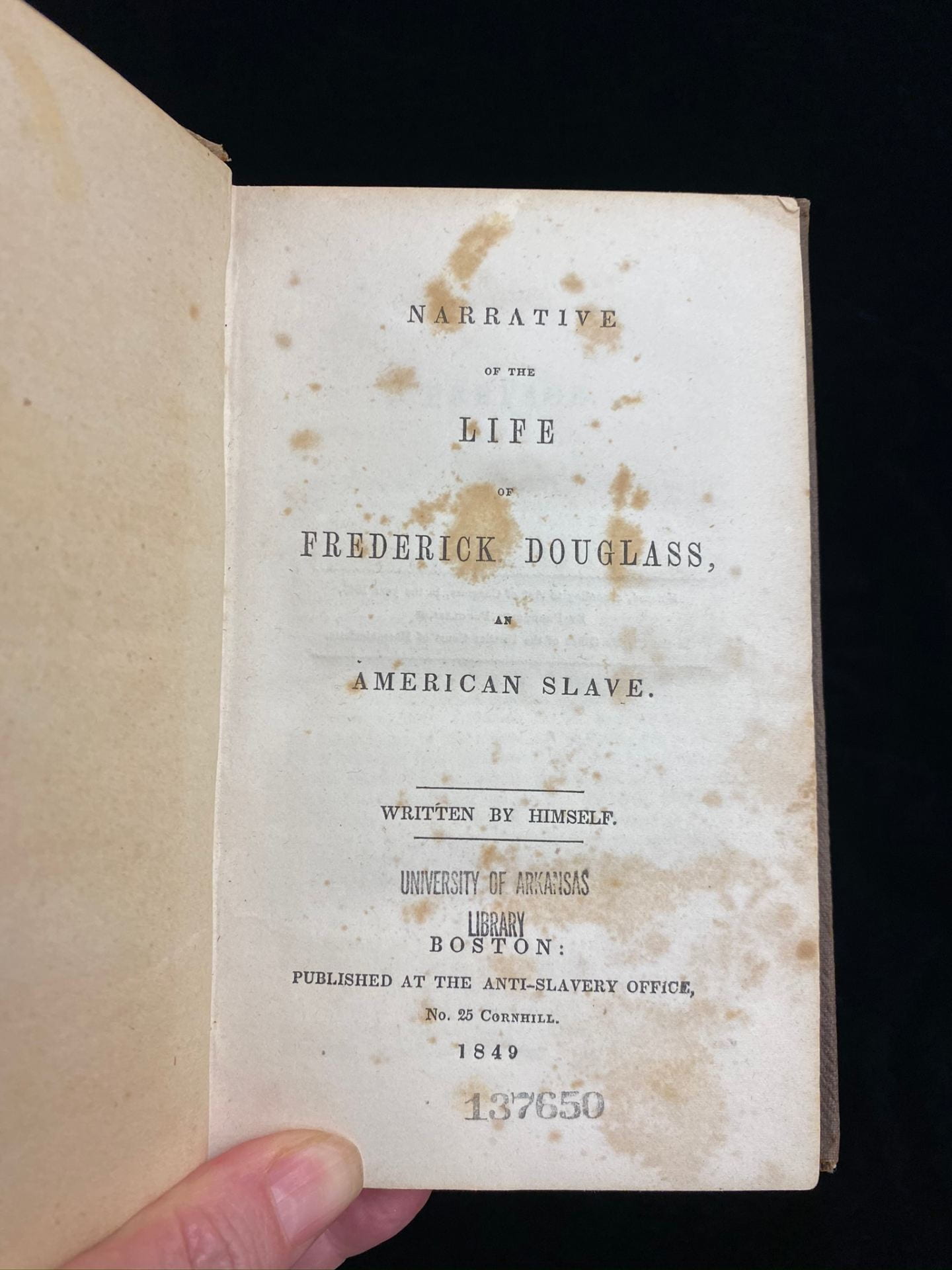
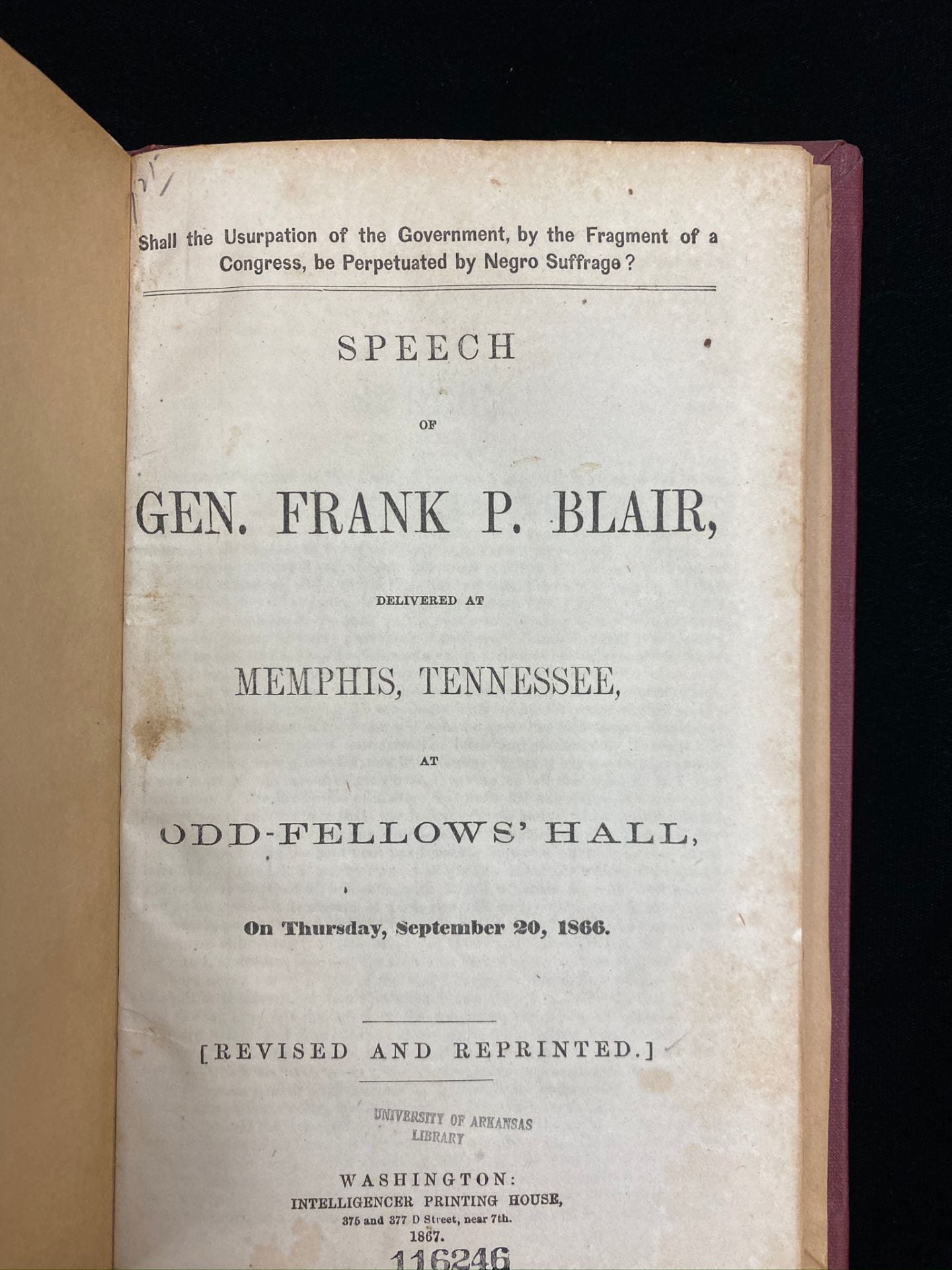
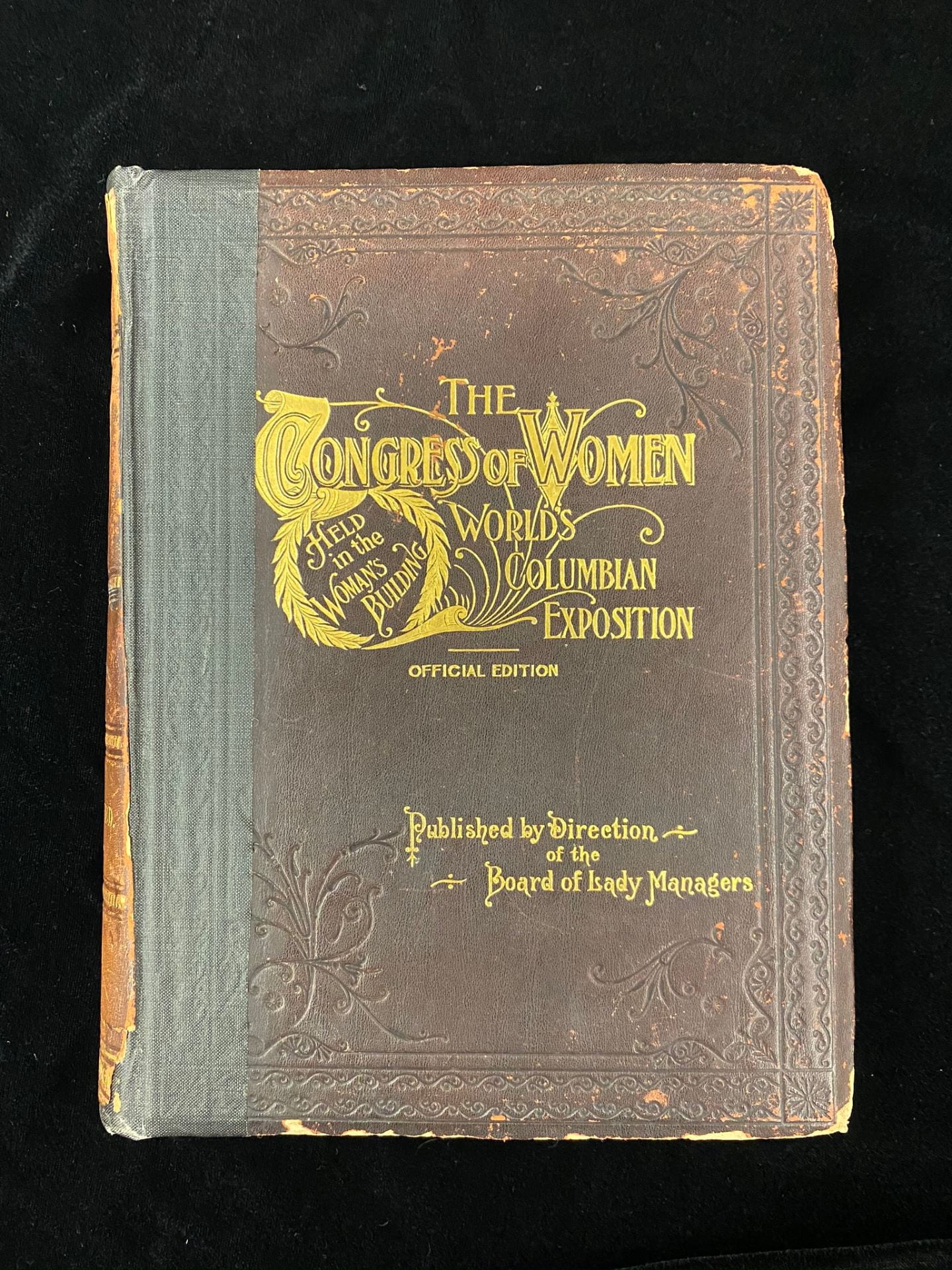
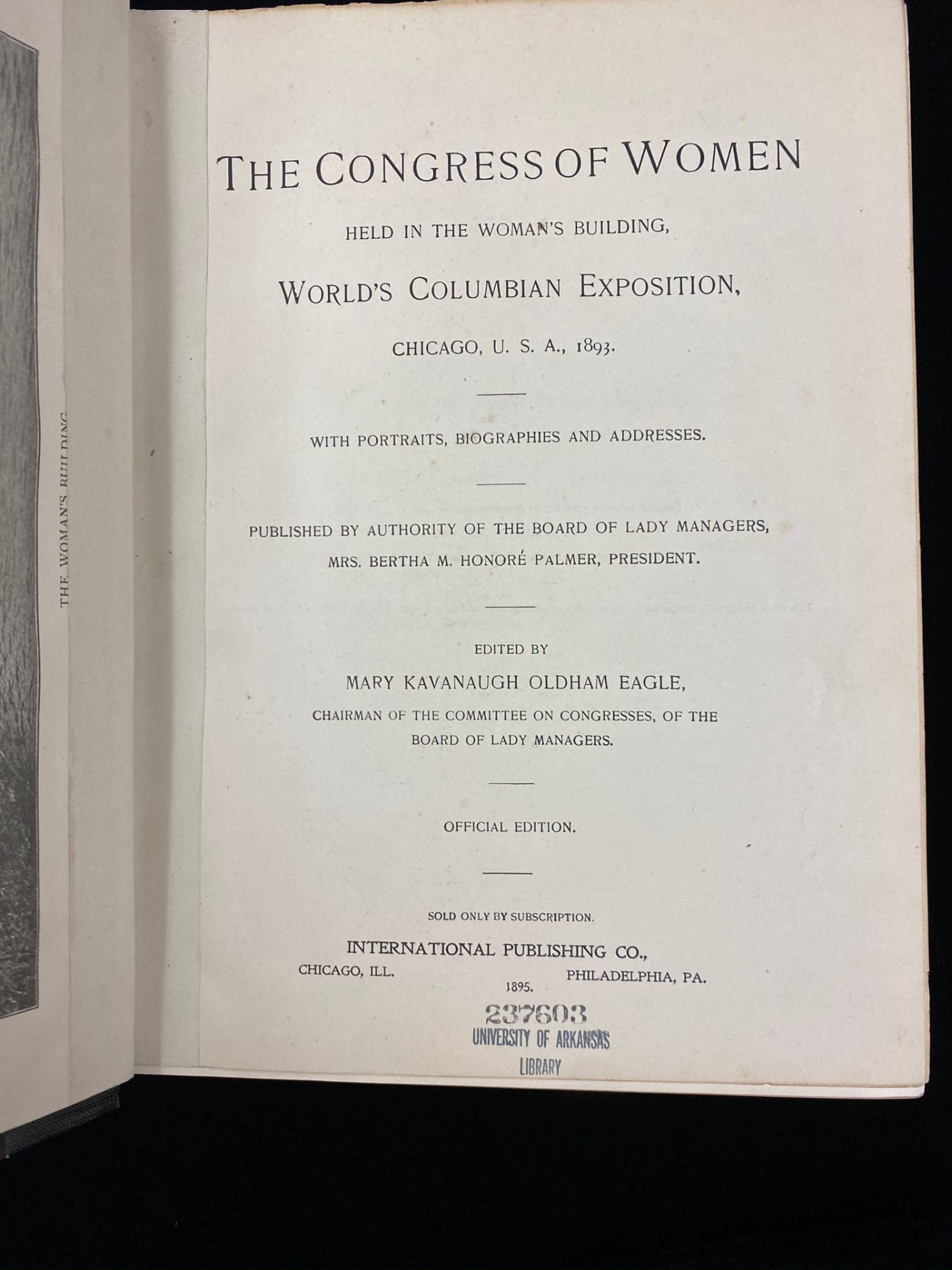

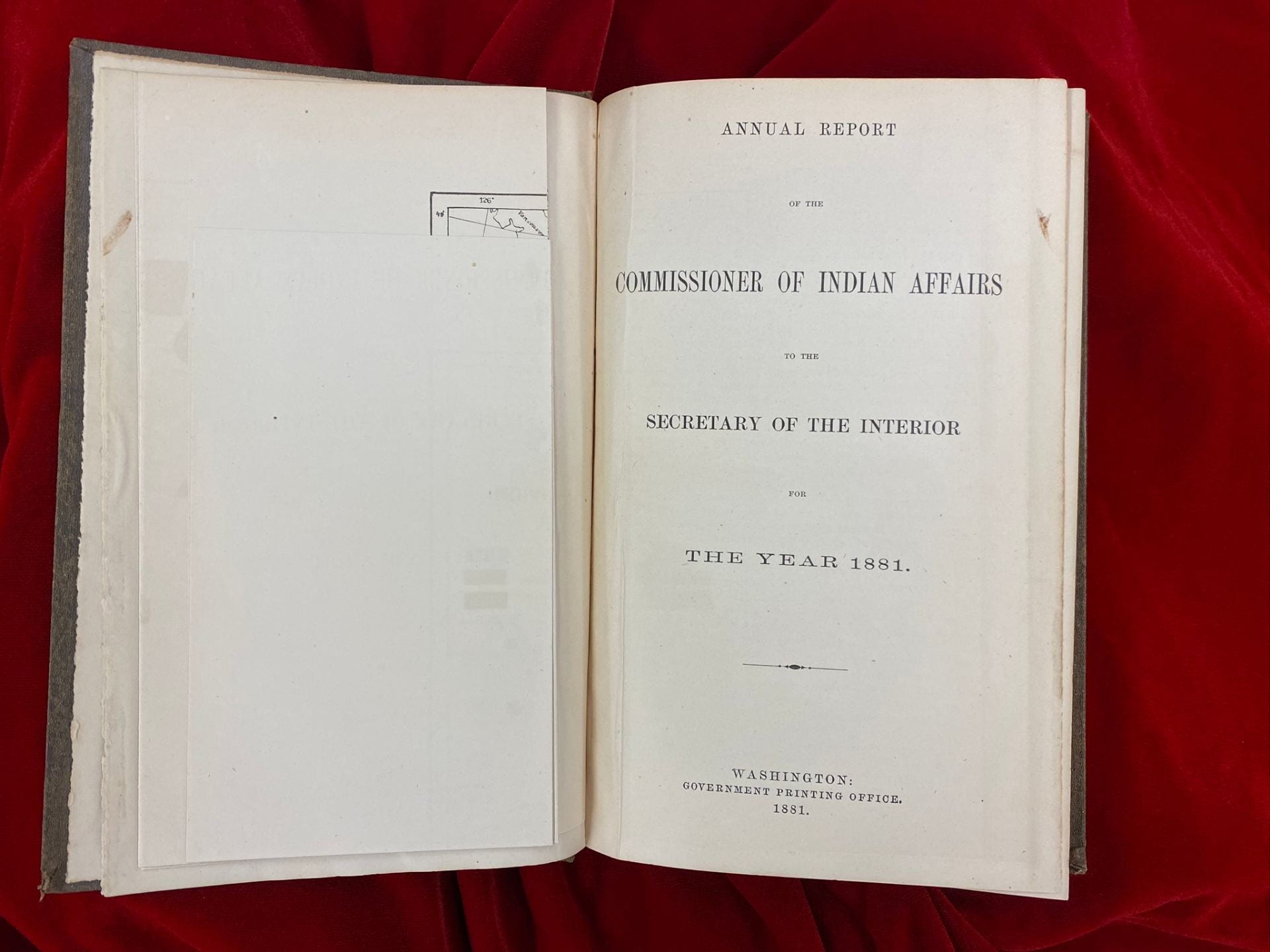
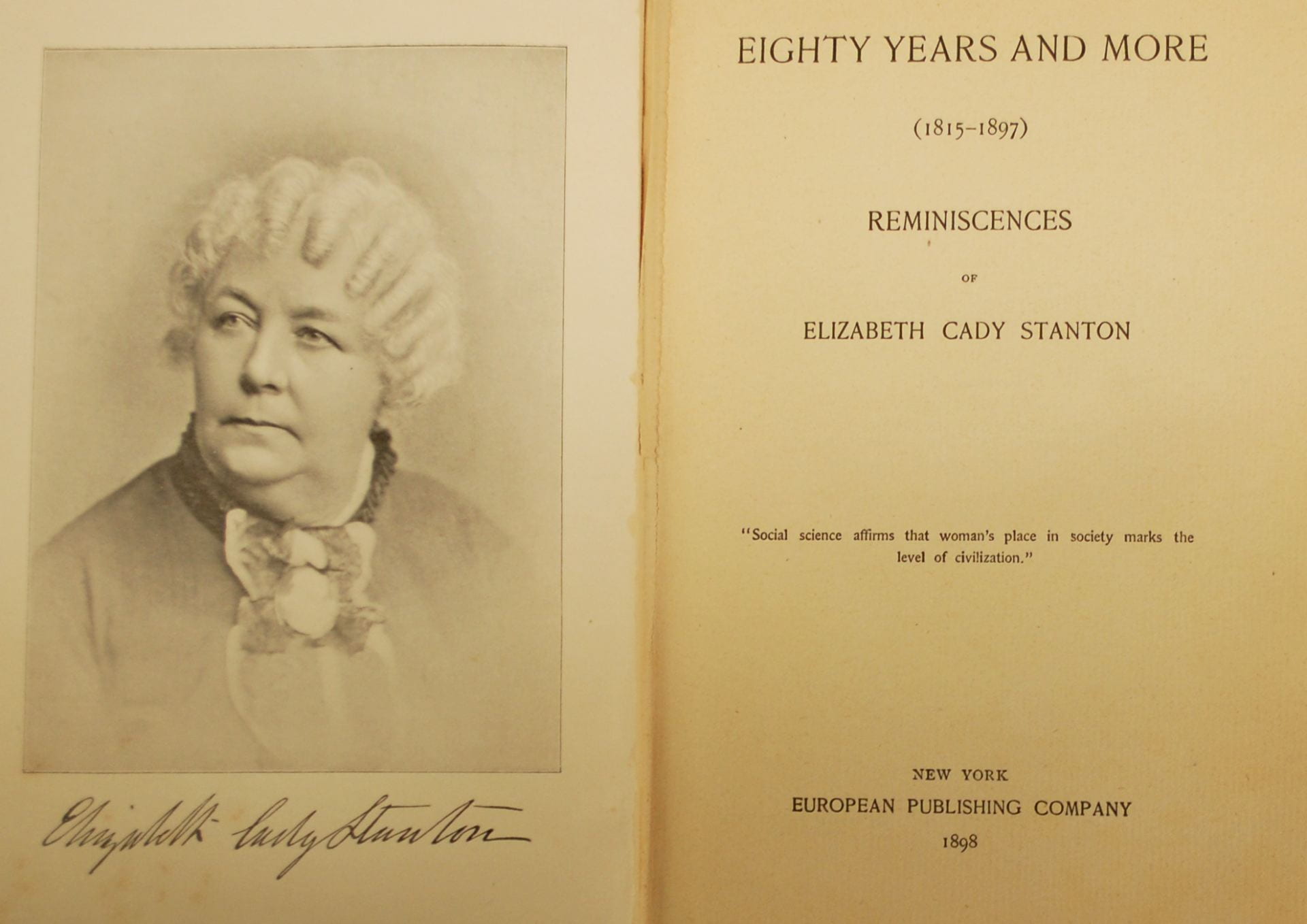

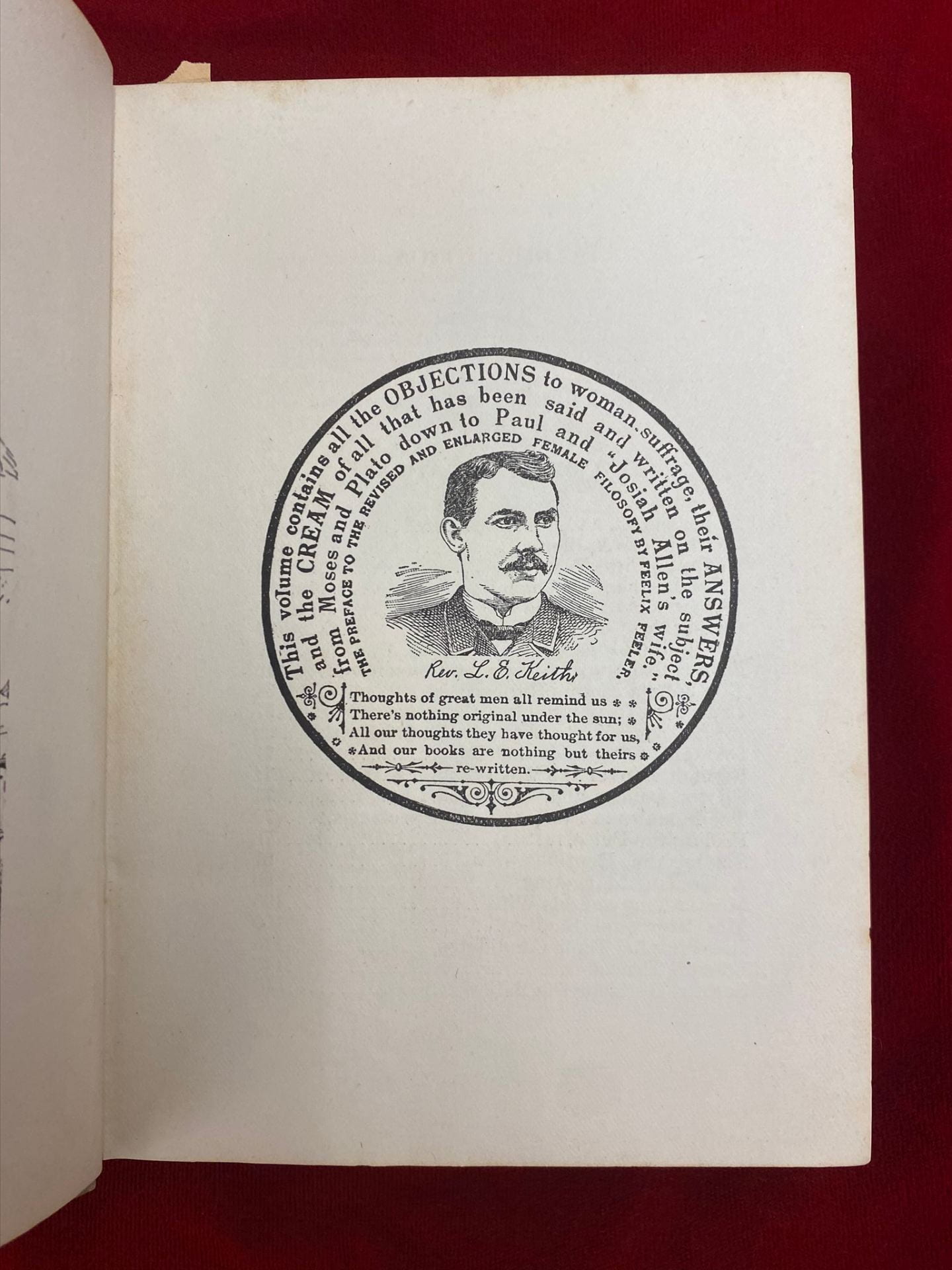

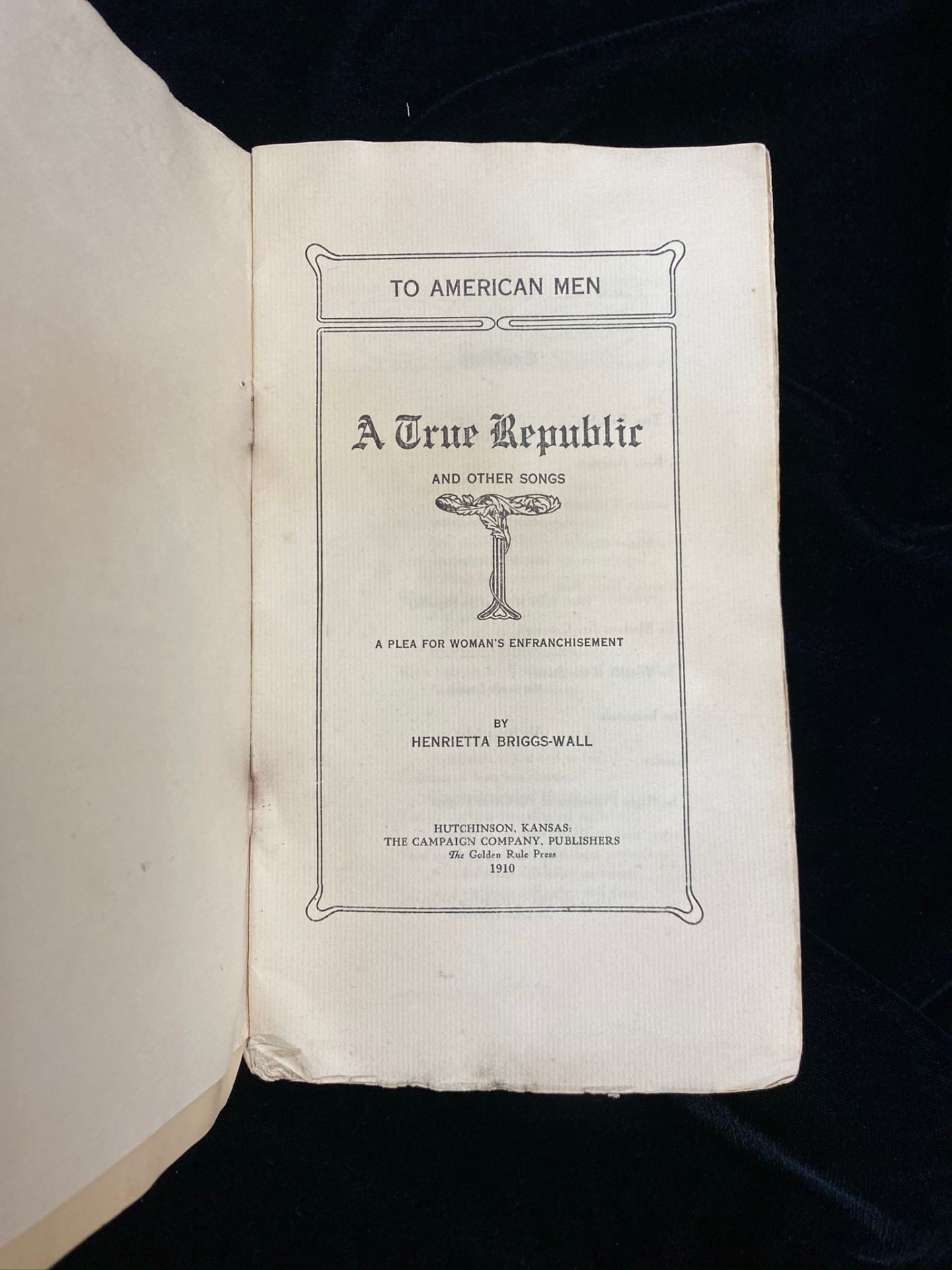
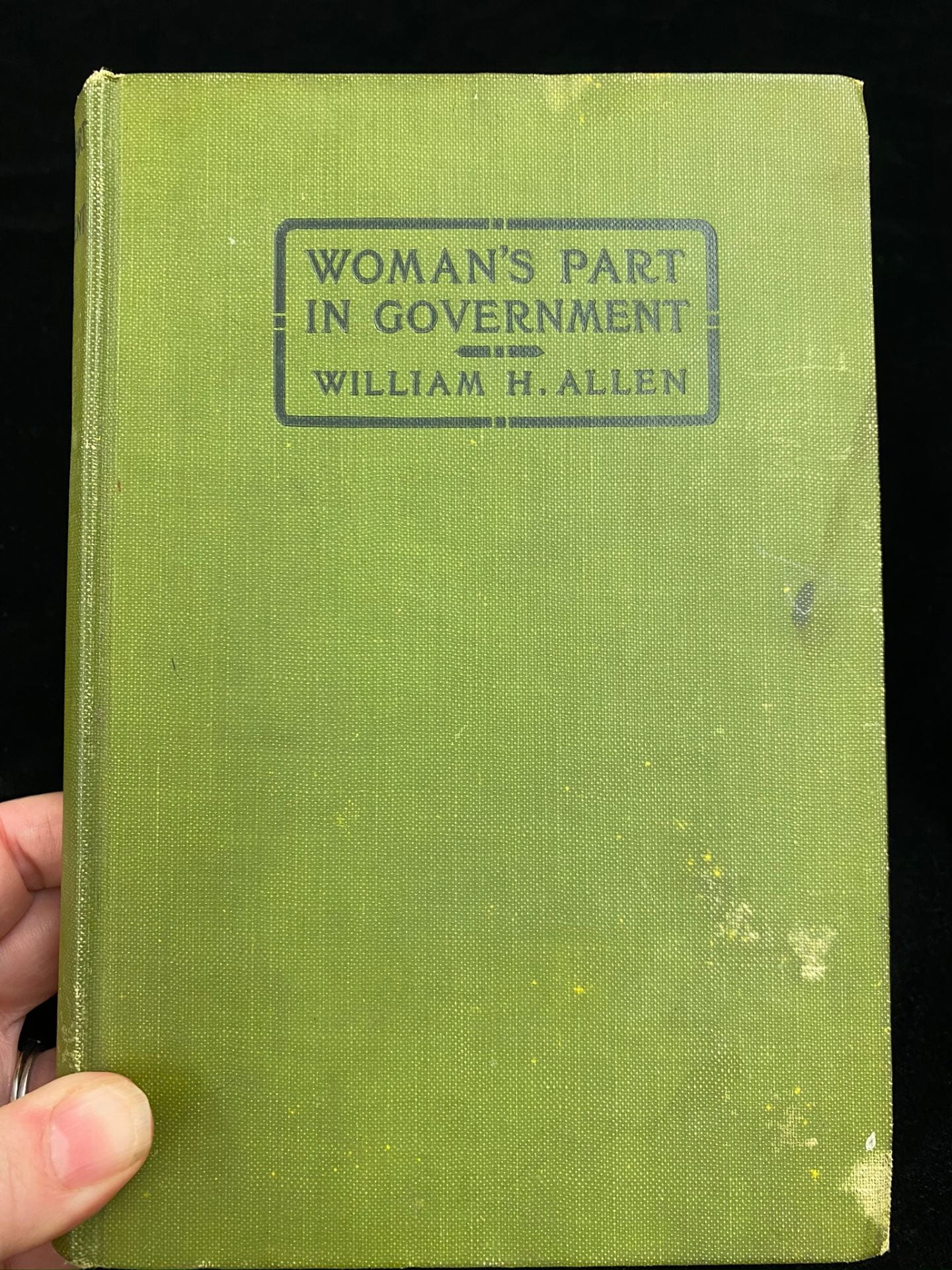

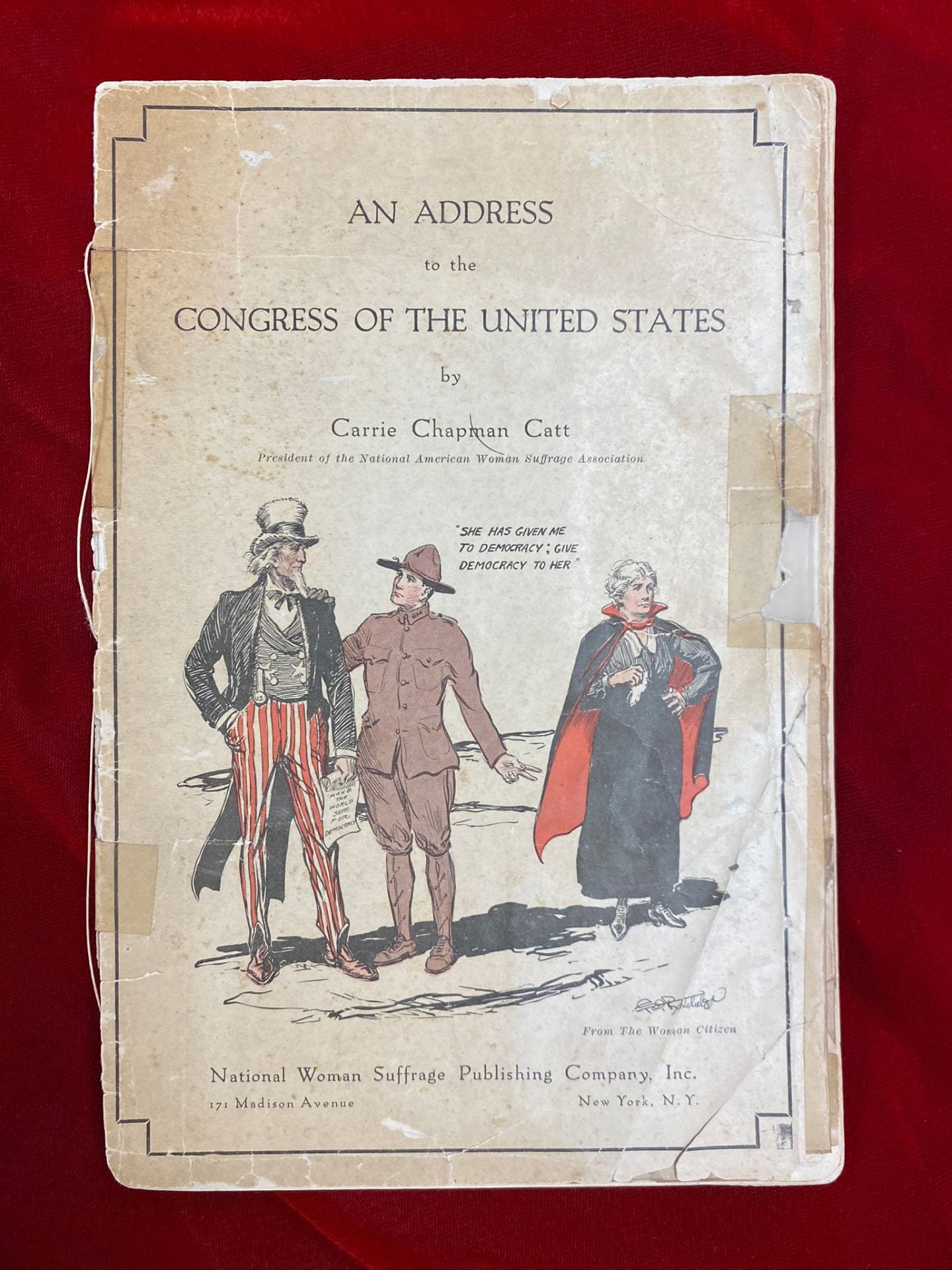
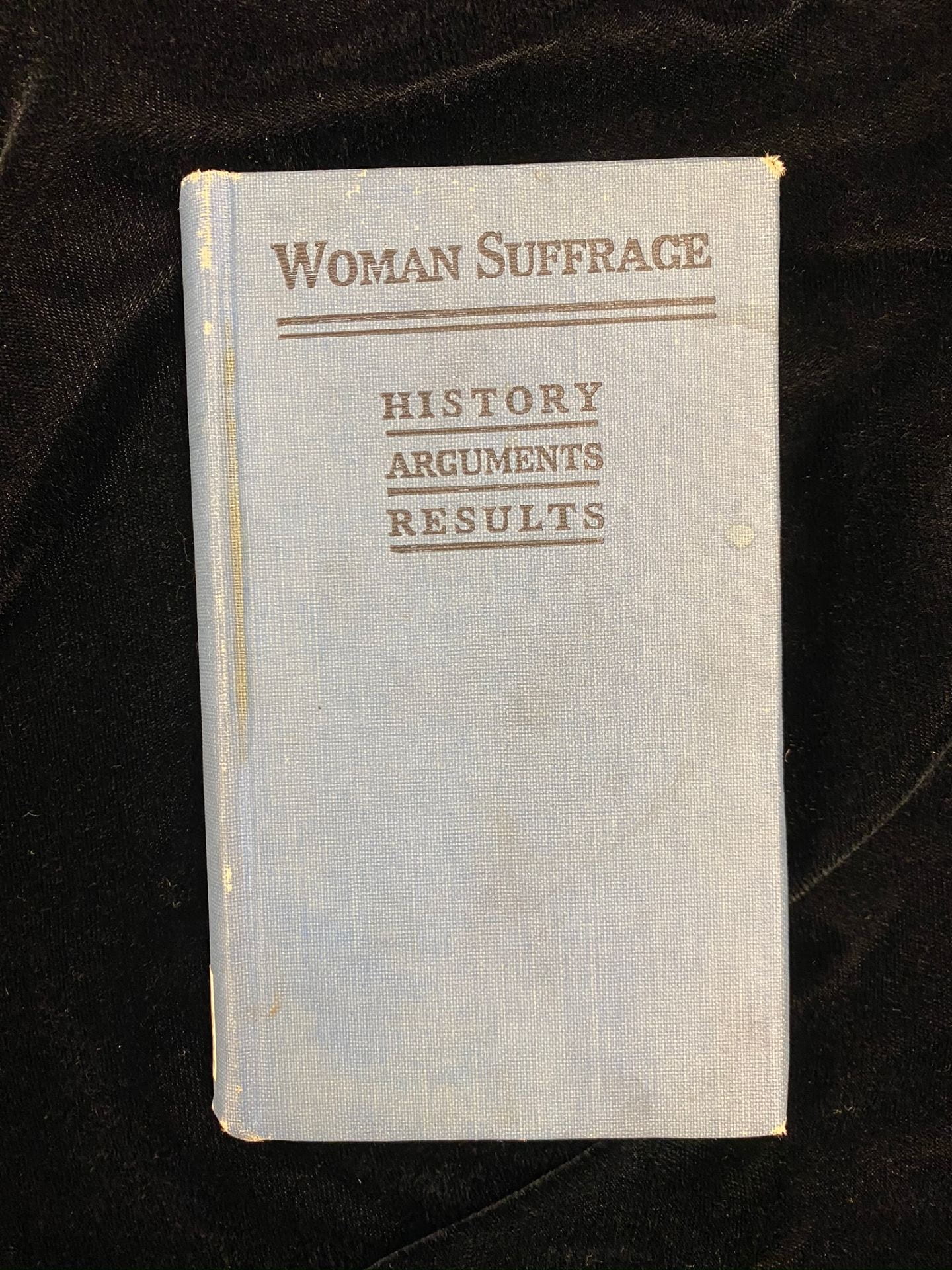
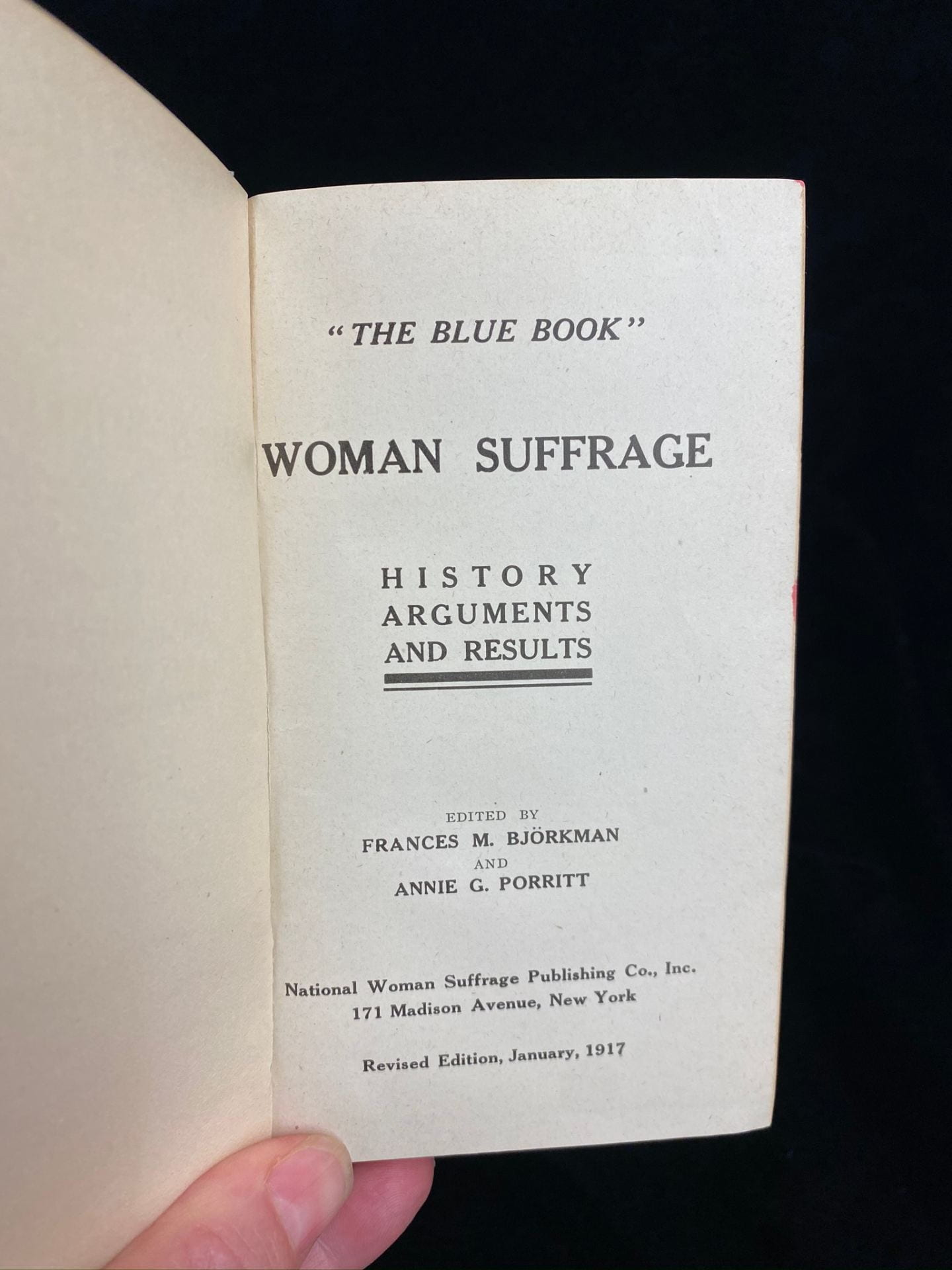

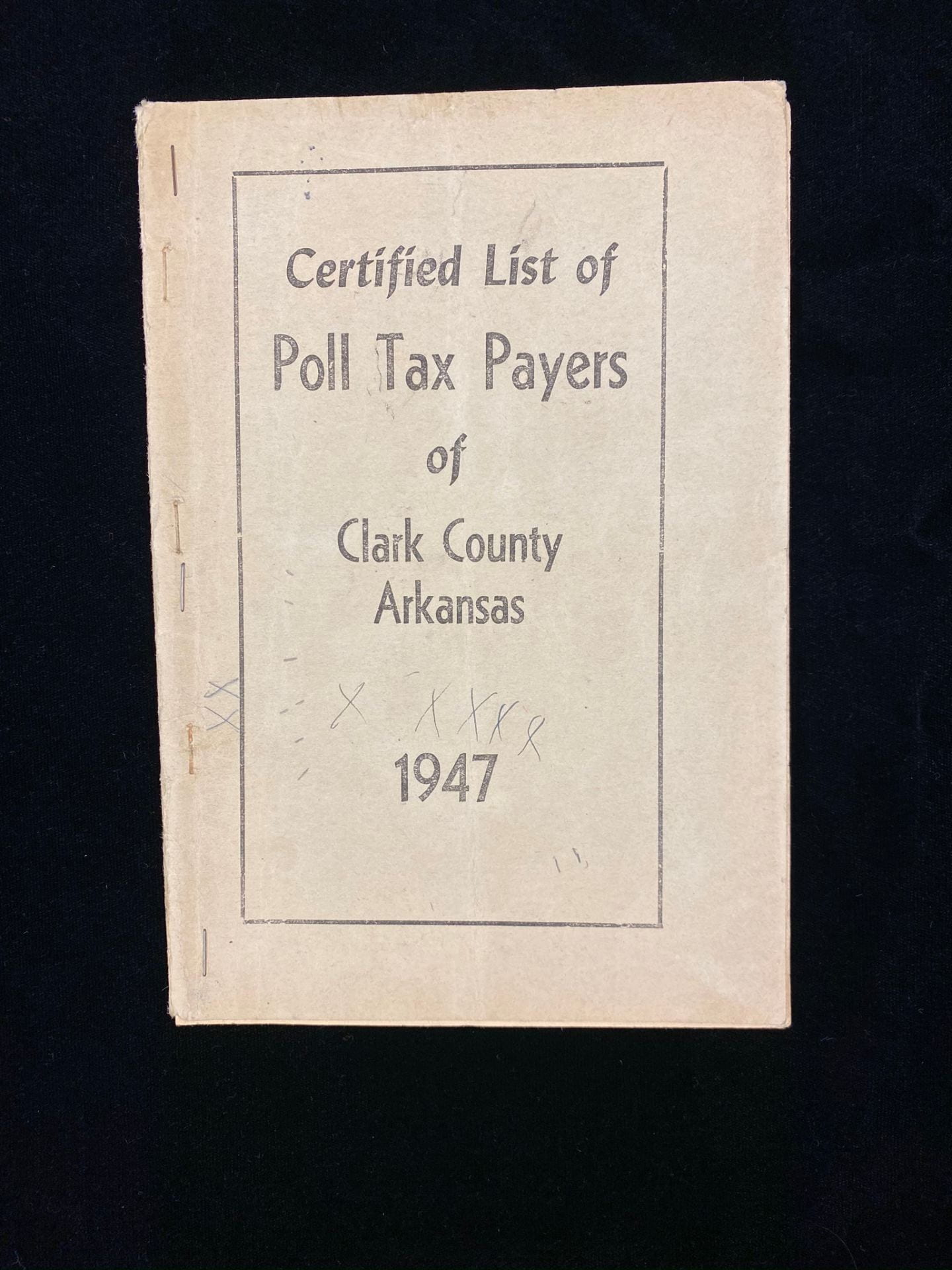

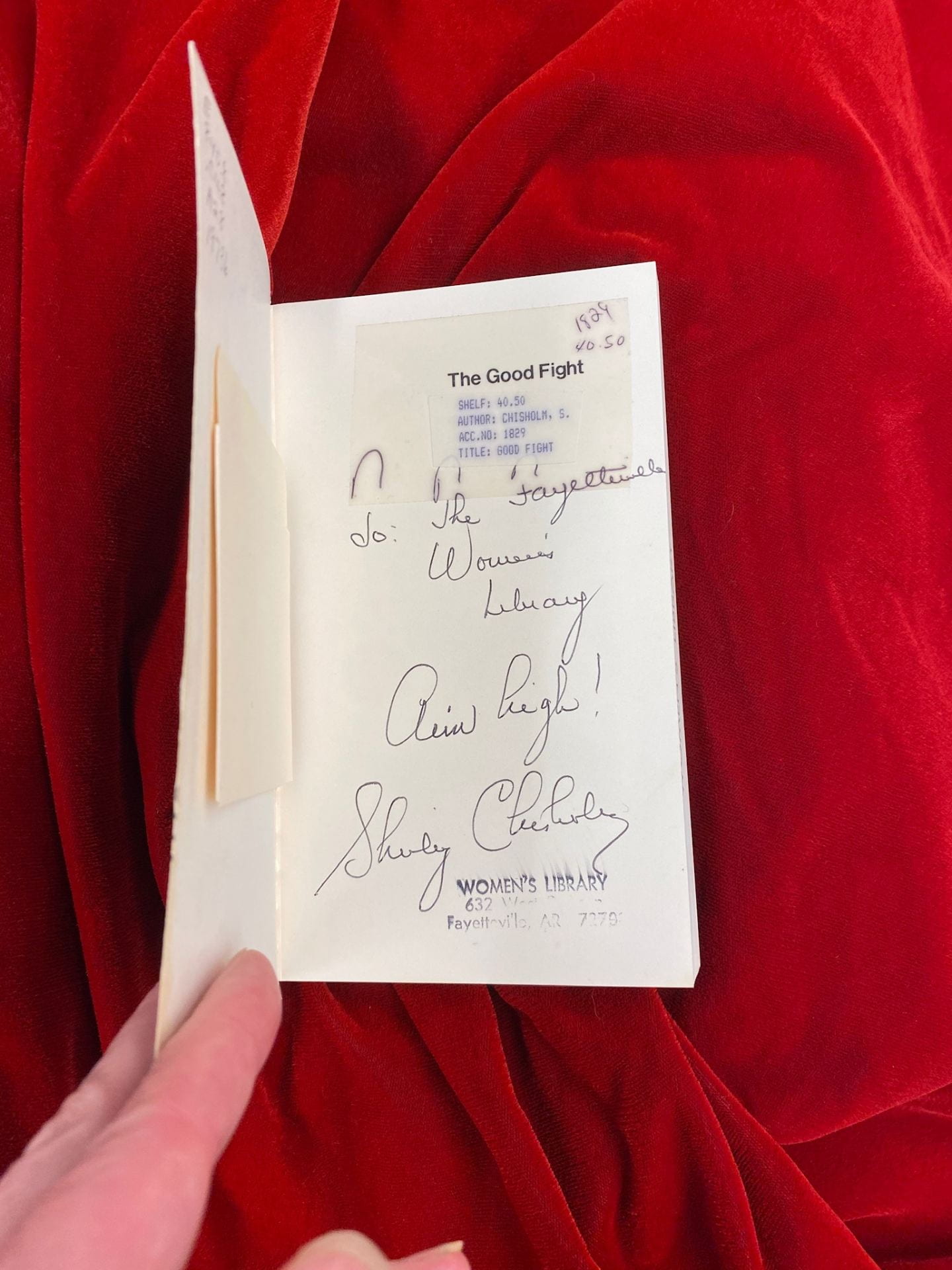
An amazing informative article. What a treasure we have in Special Collections.
Thank you Cat Wallack!